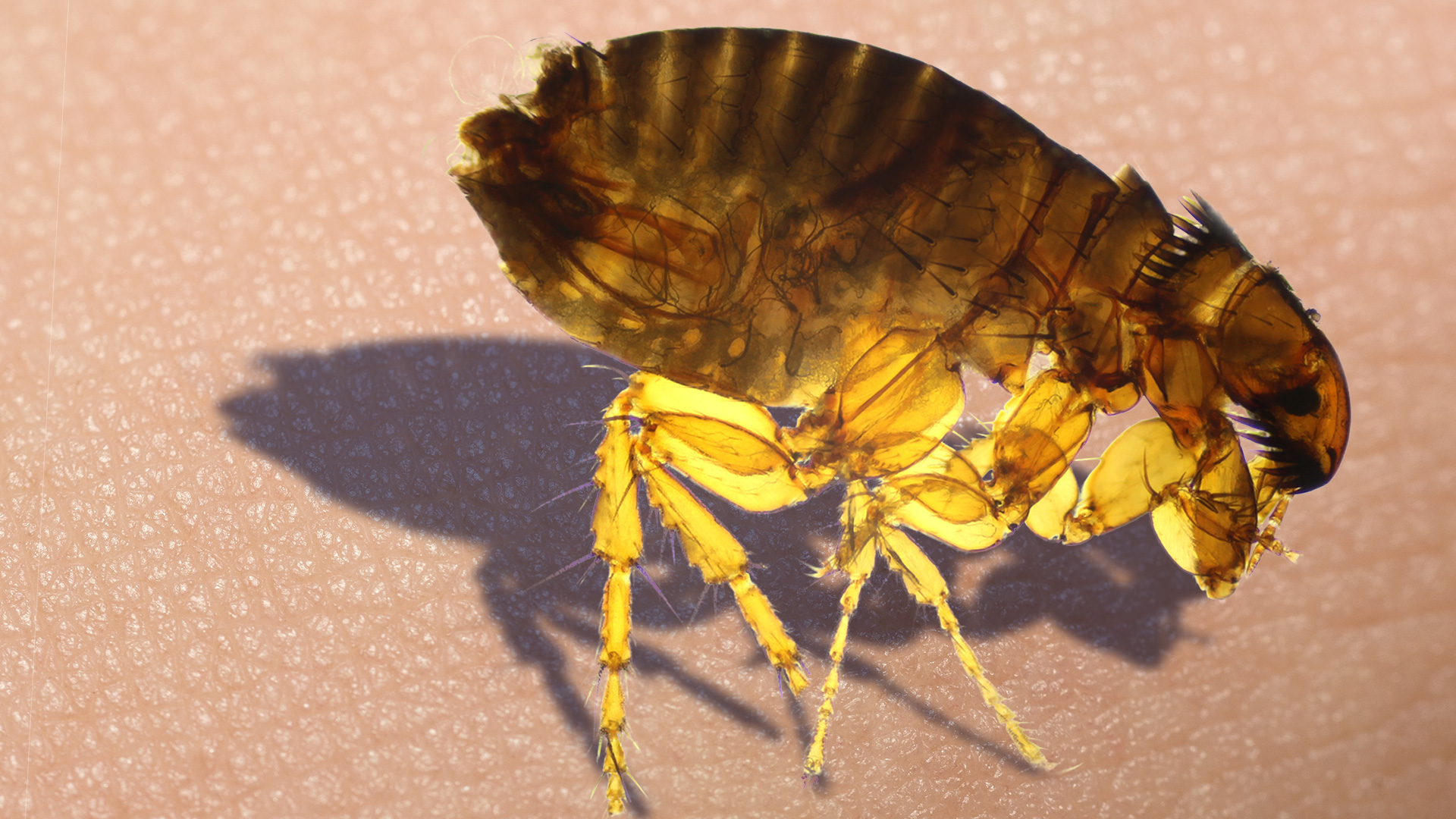- There are more than 2,500 species of flea, and some of them prefer to dine on human blood.
- Fleas have a number of impressive adaptations that make them difficult to control, beyond the ability to jump up to 100 times farther than the length of their bodies.
- Fleas can sense the breathe, warmth, and vibrations of animals, which helps them find their next meal. Once they land, fleas insert a straw-like structure to suck blood and release proteins that keep the blood flowing. Female fleas also lay up to 40 eggs each day.
- Fleas are implicated in the spread of plague in the Middle Ages. While plague is rare today, fleas still transmit the dangerous disease on occasion.
- Visit Business Insider’s homepage for more stories.
Following is a transcript of the video.
Narartor: The Black Death was one of the most devastating pandemics in human history. Between 1347 and 1351, it wiped out 30% to 50% of the entire population of Europe. And if there’s one animal to blame, it’s likely infected fleas, making them one of the deadliest insects in history. Now, of course, fleas no longer kill millions of people. But as it turns out, they still transmit plague, they’re still a nuisance, and they’re still incredibly difficult to kill. Fleas are one of the oldest pests on the planet. In fact, primitive fleas were dining on dinosaur blood about 165 million years ago. And they’re also one of the most abundant. Today, there are more than 2,500 species of fleas across the world, like the cat flea. Those are the ones you’re most likely to find feasting on your dog or your cat. And then there are species like the human flea, which actually seek out human hosts specifically. And seeking is a flea’s specialty. They can sense your breath, your warmth, and even the vibrations of your feet. And when they find you, they do what fleas do best: jump. According to one study, some fleas can jump nearly 100 times farther than the length of their body, which would be like an average man jumping nearly 175 meters into the air. The secret to their spring is a stretchy protein in their legs called resilin, and it works like a rubber band in a slingshot.
Elizabeth Warburton: They have kind of a hook-and-latch type of system. And when the flea lets go of the latch, they just jump.
Narrator: Now, that makes fleas difficult to capture and kill, but it’s what they do once they land that makes them a truly terrifying pest. First, they use blades in their mouth called maxillary laciniae to tear into your flesh. Then they use a straw-like structure called an epipharynx to slurp it all up. It’s not unlike…
Warburton: If you spilled your drink on a table and you took a straw and you tried to drink it up.
[slurping]
Narrator: Yum. Adding insult to injury, fleas have proteins in their saliva that keep your blood flowing so they have a constant supply of food. And that's actually why they itch so much. Your body is reacting to those proteins. But there's one flea that takes feeding to another, more horrifying level. And, unfortunately, it prefers to prey on humans: Tunga penetrans, aka the chigoe flea. Instead of drinking blood from the surface of your skin, the females burrow into you, and then they start laying eggs.
Warburton: Most of her is buried into the skin, but kind of the back part, where she's releasing eggs, is exposed.
Narrator: And fleas lay a lot of eggs. Up to 40 each day and as many as 2,000 in their lifetimes. So if your dog brings back a few fleas from the park, you could soon have thousands. And the truth is they can do a lot worse than make you itch. You see, even modern fleas can transfer diseases like typhus, bartonellosis, and, yes, plague. In fact, in the summer of 2019, the discovery of prairie dogs infected by plague-ridden fleas shut down parts of a Denver suburb. And in 2015, a teen reportedly died from contact with fleas infected with bubonic plague. Now, fortunately, fatal fleas are pretty rare, and most likely it'll be your pets, not you, that have to deal with them. But if you do see one or two jumping around, you definitely should try to get rid of them. And here's how.
First, identify the source. And if it's your pet, treat them with an insect growth regulator, like Lufenuron. Next, clean your home, though you might want to steer clear of flea bombs or foggers; they're inconvenient and don't always reach the nooks and crannies where fleas are hanging out. Instead, repeatedly vacuum or mop your floors and toss any bedding into the washing machine, making sure to dry it at high heat. After that, all you can do is sit, wait, and hope that you're flea-free.
